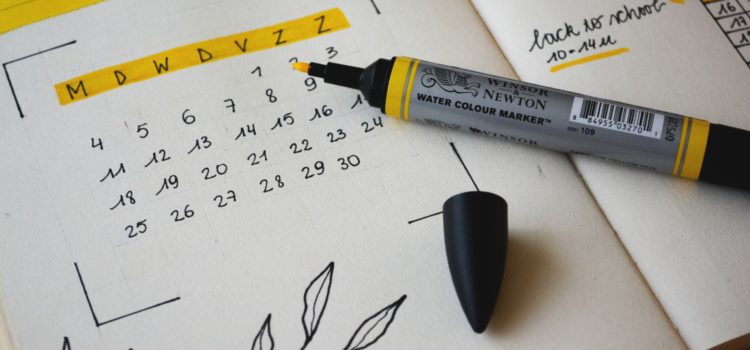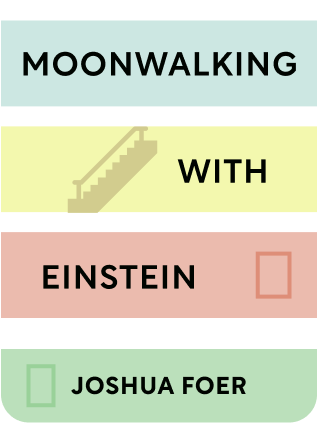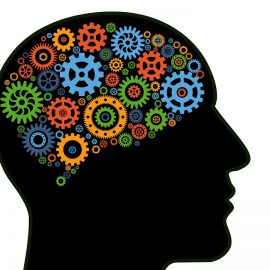

This article is an excerpt from the Shortform summary of "Moonwalking With Einstein" by Joshua Foer. Shortform has the world's best summaries of books you should be reading.
Like this article? Sign up for a free trial here .
How do you improve working memory? Is it possible to improve it? What exactly is working memory?
Working memory is what helps you complete tasks at hand, while long term memory is your stored memories. Since so many people struggle with a good working memory, learning how to improve working memory can help.
Read more about how to improve working memory below.
How to Improve Working Memory: The Basics
Science doesn’t fully understand how memory works yet, but it does know that our brains are a network of neurons, and an individual memory is a group of connections between neurons. Understanding memory can help you improve working memory. One of these types of memory is the short term working memory.
Additionally, memories aren’t stored in any linear way; they’re stored in a web of associations. For example, thinking of the word “baker” would probably also make you think about bread, the smell of yeast, your favorite bakery, and so on.
To remember something consciously, we need a cue. For example, if you’re trying to remember what your friend’s car looks like, you might have to think more generally about your friend or about cars in order to “search” the web of associations that will eventually lead you to the memory of your friend’s car.
There are several different types of memories:
- Internal. Internal memories include the information you keep inside your heads.
- External. External memories include the information you keep outside your heads, such as what you write down on Post-it notes or take pictures of.
- Working. The working memory, or short term working memory. is in charge of whatever you’re currently focusing on. It’s a filter between your perception and your long term memory. It can only hold about five to nine different things at once.
- Long-term. The long-term memory stores things you need to remember for longer than a few moments.
- Declarative. Declarative memories are individual conscious memories. There are two types of declarative memories:
- Episodic memories are memories of experiences. They have a place and time attached to them. For example, the time you went surfing in Hawaii is an episodic memory.
- Semantic memories are memories of concepts and facts. For example, the fact that surfing is a water sport in which you stand on a board is a semantic memory.
- Nondeclarative. Nondeclarative memories are unconscious memories such as motor skills and habits. For example, riding a bike.

———End of Preview———
Like what you just read? Read the rest of the world's best summary of Joshua Foer's "Moonwalking With Einstein" at Shortform .
Here's what you'll find in our full Moonwalking With Einstein summary :
- The memory techniques that took the author from novice to US memory champion in one year
- The 6 key types of memory we use everyday
- Why memory isn't just genetic, and how you can improve your memory with the right techniques






